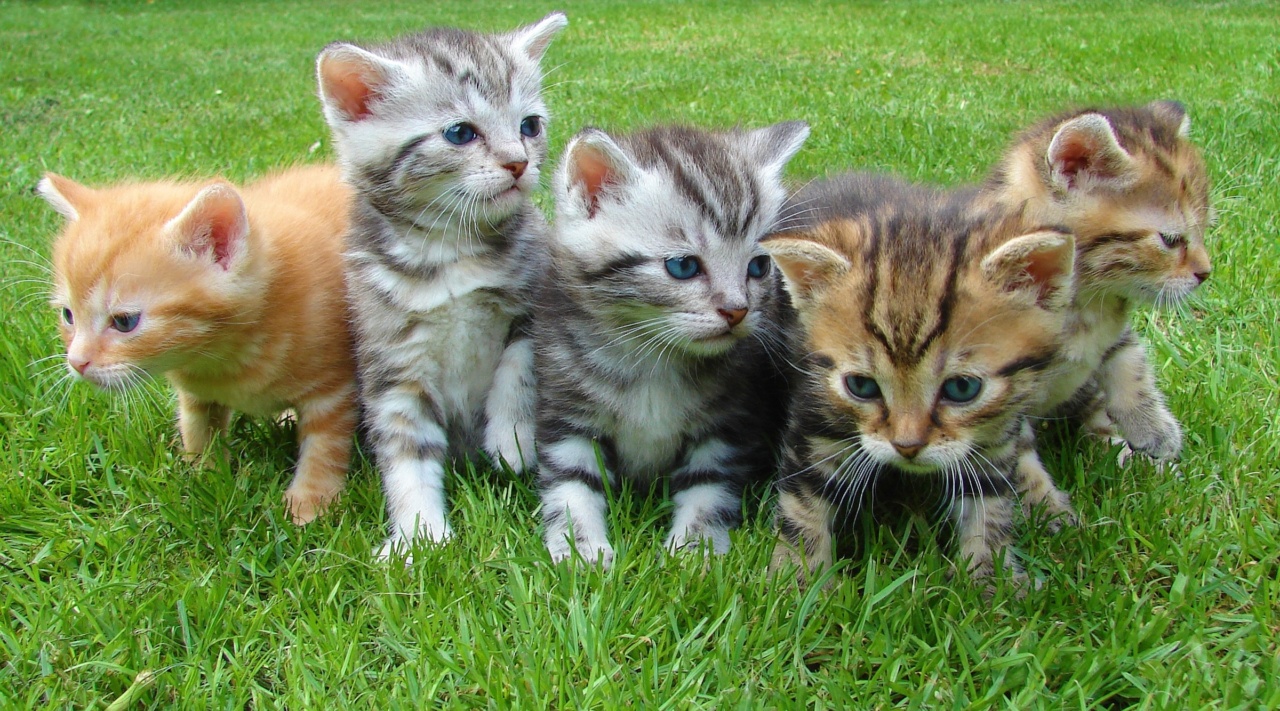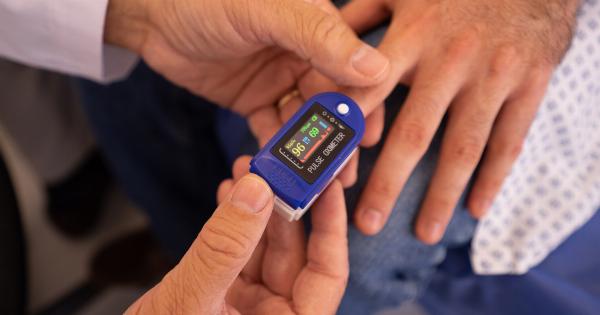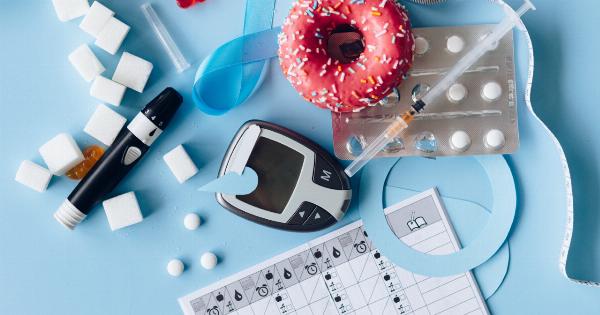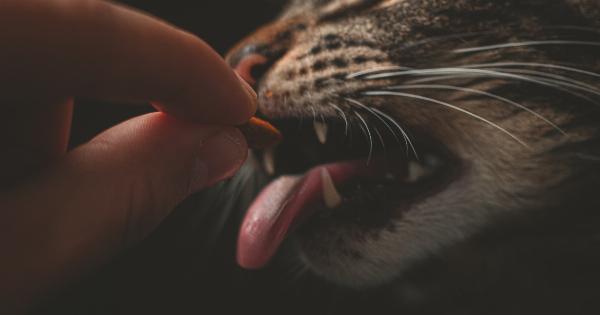Feline diabetes mellitus, also known as cat diabetes, is a condition where a cat’s body cannot regulate the amount of sugar in the bloodstream. It is a serious metabolic disorder that can lead to blindness, organ failure, and even death.
Fortunately, with proper veterinary care and attention to diet, cats with diabetes can lead long, healthy lives. In this article, we will discuss diet tips for managing feline diabetes.
1. Feed Your Cat a Consistent Diet
One of the most important aspects of managing feline diabetes is feeding your cat a consistent diet. This means feeding your cat the same amount of food at the same time every day.
This helps regulate your cat’s blood sugar levels and manage their insulin injections. By keeping their diet consistent, you will be able to more accurately monitor their blood glucose levels and adjust their insulin doses accordingly.
2. Choose High-Quality Foods
Choosing high-quality foods is essential for cats with diabetes. Look for foods that are low in carbohydrates and high in protein. Many cats thrive on a high-protein, moderate-fat diet.
Avoid foods that contain fillers and byproducts, as these can cause inflammation and worsen insulin resistance. Read the labels carefully and choose foods that are appropriate for your cat’s age, activity level, and health needs.
3. Feed a Grain-Free Diet
Cats are obligate carnivores, which means that their bodies are adapted to a diet that is high in protein and low in carbohydrates. Grain-free diets are ideal for cats with diabetes because they reduce the amount of glucose in the bloodstream.
Avoid foods that contain grains like corn, wheat, and soy, as these can cause an insulin spike and worsen diabetes symptoms.
4. Consider a Wet Food Diet
Wet food diets are an excellent option for cats with diabetes. They are high in moisture and low in carbohydrates, which makes them an ideal choice for managing feline diabetes.
Diabetic cats are prone to dehydration, so a wet food diet can help prevent urinary tract infections and other health problems. If you choose to feed your cat a wet food diet, be sure to choose high-quality foods that are appropriate for their age and health needs.
5. Limit Treats and Snacks
Treats and snacks can be a source of empty calories and carbohydrates for cats with diabetes. It’s important to limit your cat’s intake of treats and snacks to avoid spikes in blood glucose levels.
Instead, try offering your cat small pieces of cooked chicken or fish as a treat. These protein-rich treats will not only satisfy your cat’s cravings but also help regulate their blood glucose levels.
6. Don’t Make Sudden Dietary Changes
When managing feline diabetes, it’s important to make dietary changes slowly and gradually. Sudden changes to your cat’s diet can cause spikes or dips in blood glucose levels, which can be dangerous for diabetic cats.
Consult your veterinarian before making any changes to their diet, and be sure to monitor your cat’s blood glucose levels closely during the transition.
7. Monitor Your Cat’s Body Weight
Monitoring your cat’s body weight is an important part of managing feline diabetes. Cats with diabetes are at risk of weight gain and obesity, which can worsen insulin resistance.
Talk to your veterinarian about your cat’s ideal body weight and feeding guidelines, and be sure to monitor their weight regularly.
8. Incorporate Exercise Into Your Cat’s Routine
Regular exercise is an important part of managing feline diabetes. Exercise helps regulate blood glucose levels by increasing insulin sensitivity and promoting weight loss.
Encourage your cat to play or exercise for 10-15 minutes per day, and consult your veterinarian before starting a new exercise program.
9. Work With Your Veterinarian
Working closely with your veterinarian is essential for managing feline diabetes. Your veterinarian can provide guidance on feeding, insulin administration, and blood glucose monitoring.
They can also help you develop a customized treatment plan for your cat. Be sure to schedule regular check-ups and follow your vet’s recommendations for managing your cat’s diabetes.
10. Be Consistent
Consistency is key when managing feline diabetes. Make sure to feed your cat at the same time every day, monitor their weight and blood glucose levels regularly, and work closely with your veterinarian to develop a customized treatment plan.
With proper care and attention, your cat can live a long, happy life with diabetes.























